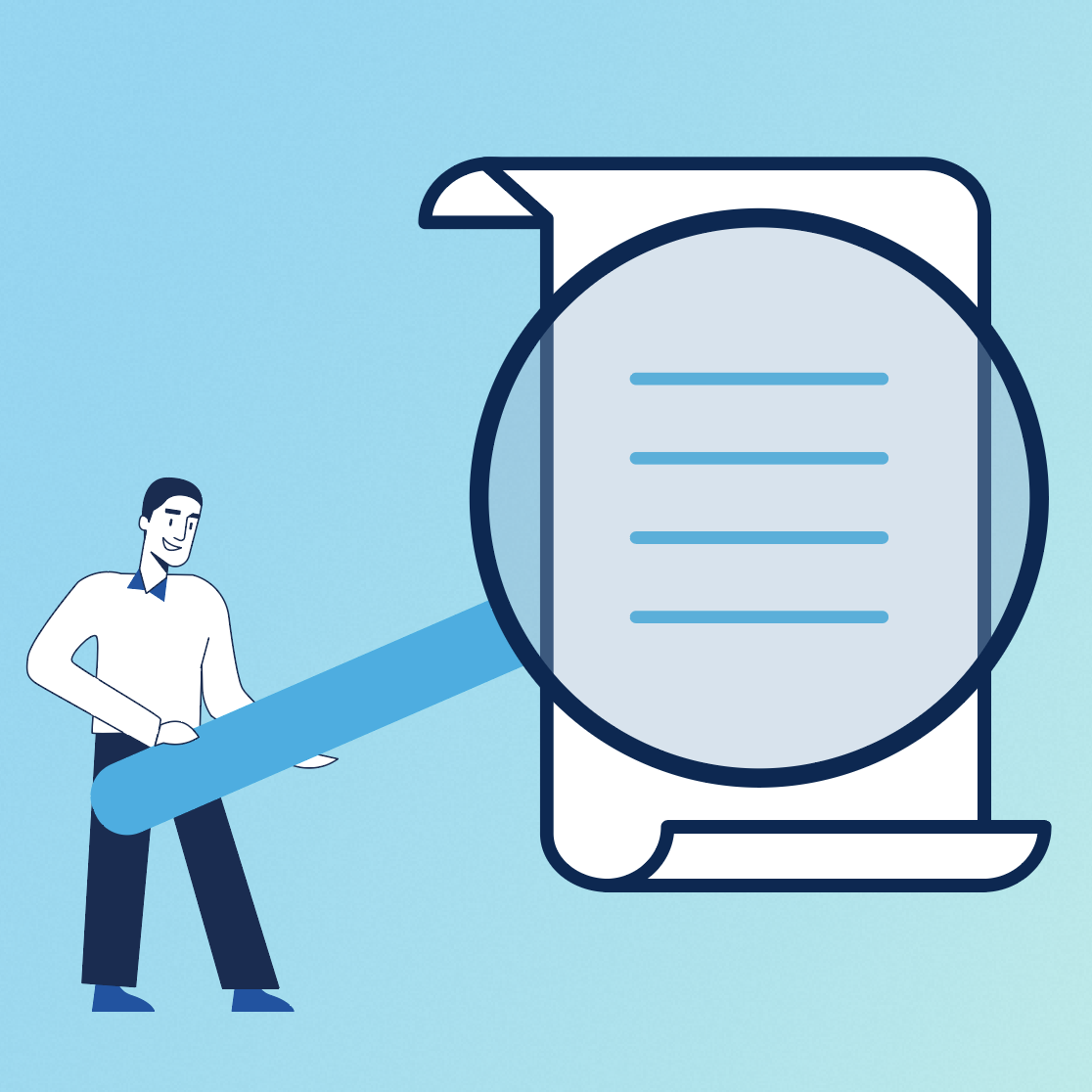Share this
by Matt Waters, CPA on August 30, 2019
Key money is typically used in the leasing industry to describe an incentive paid to acquire a lease. And it’s a term that can make auditors a little nervous.
Key money can have different meanings in different parts of the world. Sometimes it could be used to refer to a bribe or another “under the table” payment.
However key money can also refer to completely legitimate and even common practices in leasing. In fact, some large companies operating under ASC 842 lease accounting standards, audited by well-known accounting firms, even have a key money account on the general ledger.
Example of Key Money in Retail Lease Deal
For example, consider a fictional scenario in which Burger Barn (BB) wanted to occupy a space in Ritzy Mall (RM). BB and RM agree to lease terms, but there is one problem, Pretzel Depot (PD) is in the space that BB wants, and the PD lease is locked in for another two years.
Now, BB may want to choose a less desirable and currently available location in RM. Or BB may decide to offer PD an incentive to move out early. You could refer to that incentive as “key money.”
Key Money and ASC 842
ASC 842 addresses this type of payment in the excerpts shown below. Basically, a payment of key money in this context should become a part of the right of use (ROU) asset, which will then be amortized over the term of the lease. It does not impact the lease liability, because the key money has already been paid.
842-10-30-9 Initial direct costs for a lessee or a lessor may include, for example, either of the following:
a. Commissions
b. Payments made to an existing tenant to incentivize that tenant to terminate its lease.
842-20-30-5 At the commencement date, the cost of the right-of-use asset shall consist of all of the following:
a. The amount of the initial measurement of the lease liability
b. Any lease payments made to the lessor at or before the commencement date, minus any lease incentives received
c. Any initial direct costs incurred by the lessee (as described in paragraphs 842-10-30-9 through 30-10).
Recording key money is one of many scenarios that will require an adjustment to the ROU asset under ASC 842. Other examples include:
- Other direct costs such as commissions
- Lease incentives received at or before lease inception
- Impairment of the ROU asset
- Prepaid or Accrued lease payments
- Deferred rent (from ASC 840) upon transition to ASC 842
When evaluating lease accounting solutions, make sure ROU asset adjustment functionality is in place and easy to use. Don’t be caught off guard with a lease accounting software provider that does not offer the functionality needed for smooth and efficient ASC 842 compliance.
Share this
- Lease Accounting Software (89)
- ASC 842 (83)
- Accounting Teams (52)
- Lease Administration Software (26)
- Retail Tenants (16)
- Commercial Real Estate (14)
- Lease Management (12)
- Real Estate Teams (9)
- ESG (8)
- Market Data and Analytics (8)
- Success Stories (8)
- News and Media Coverage (5)
- Transaction Management Software (2)
- frs 102 (2)
- Customer Success (1)
- Office Tenants (1)
- July 2025 (1)
- June 2025 (4)
- May 2025 (2)
- April 2025 (2)
- March 2025 (6)
- February 2025 (3)
- January 2025 (4)
- December 2024 (1)
- October 2024 (4)
- September 2024 (2)
- August 2024 (5)
- July 2024 (3)
- June 2024 (3)
- May 2024 (4)
- April 2024 (1)
- February 2024 (1)
- December 2023 (4)
- November 2023 (6)
- October 2023 (4)
- September 2023 (2)
- August 2023 (2)
- July 2023 (3)
- May 2023 (2)
- March 2023 (1)
- February 2023 (3)
- January 2023 (1)
- December 2022 (3)
- November 2022 (4)
- October 2022 (4)
- September 2022 (1)
- August 2022 (4)
- June 2022 (1)
- May 2022 (4)
- April 2022 (8)
- March 2022 (3)
- February 2022 (1)
- January 2022 (2)
- November 2021 (2)
- October 2021 (2)
- September 2021 (3)
- August 2021 (15)
- July 2021 (3)
- June 2021 (1)
- May 2021 (1)
- April 2021 (3)
- March 2021 (1)
- January 2021 (1)
- December 2020 (3)
- November 2020 (1)
- October 2020 (2)
- September 2020 (2)
- August 2020 (3)
- July 2020 (2)
- June 2020 (3)
- May 2020 (1)
- April 2020 (1)
- March 2020 (1)
- February 2020 (1)
- December 2019 (1)
- October 2019 (1)
- September 2019 (2)
- August 2019 (3)
- July 2019 (2)
- April 2019 (69)
- October 2018 (1)
- August 2018 (1)
- July 2018 (1)
- June 2018 (1)
- May 2018 (1)
- April 2018 (2)
- March 2018 (3)
- February 2018 (2)
- December 2017 (1)
- August 2017 (3)
- June 2017 (2)
- May 2017 (2)
- April 2017 (1)
- March 2017 (2)
- January 2017 (2)
- November 2016 (2)
- July 2016 (1)
- June 2016 (1)
- July 2015 (1)
- March 2015 (1)
- June 2014 (1)
- April 2014 (11)
- October 2011 (1)
You May Also Like
These Related Stories

Excel is Not the Solution for Lease Accounting Compliance

Cutting the Time to Remeasure Lease Liabilities and ROU Assets





